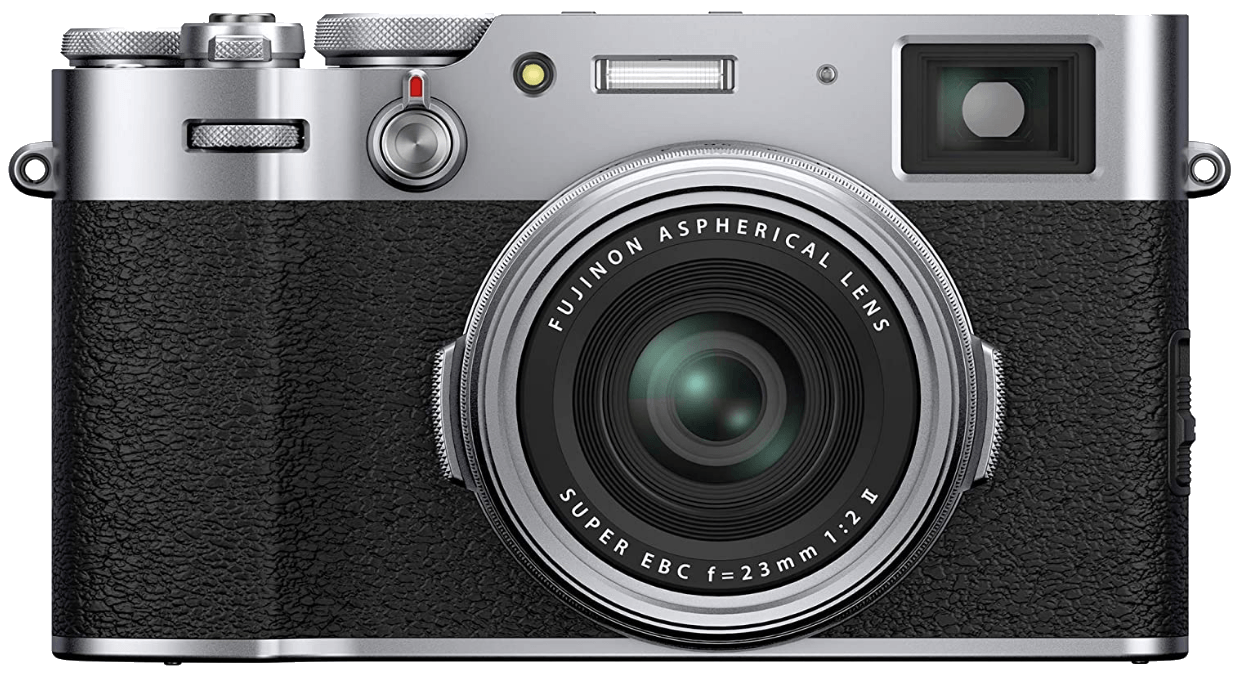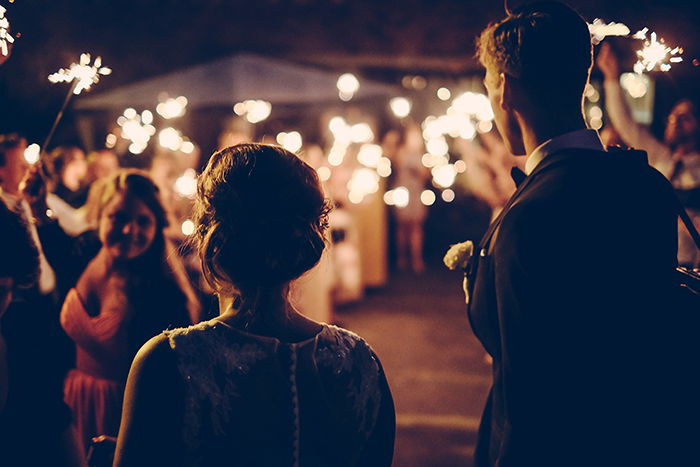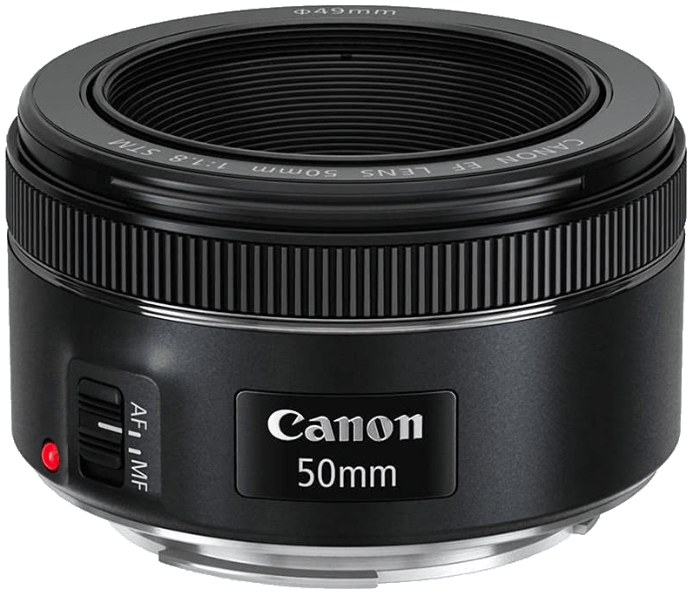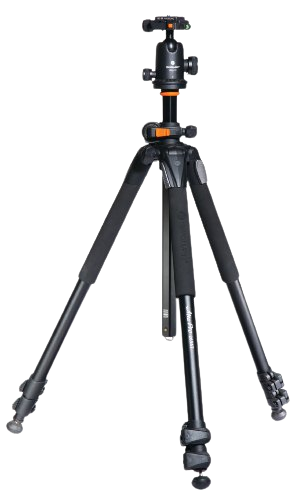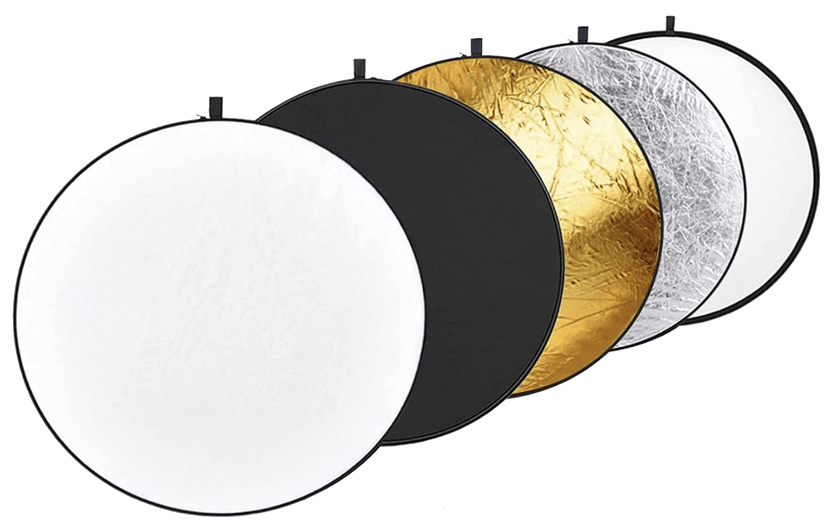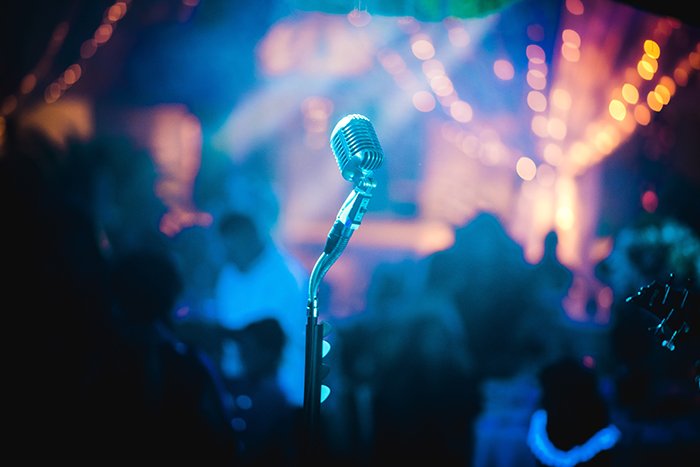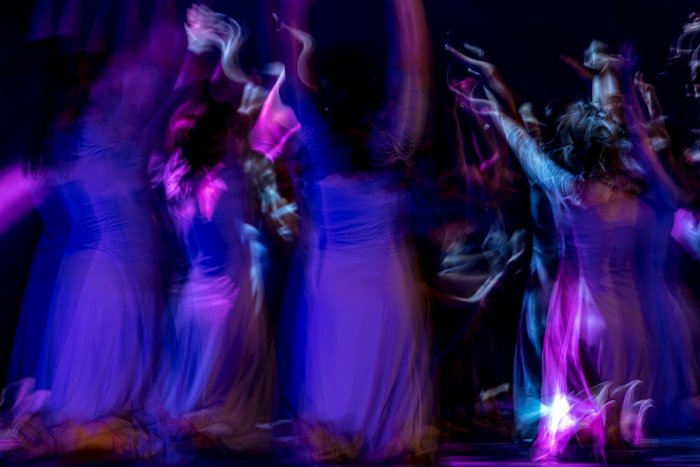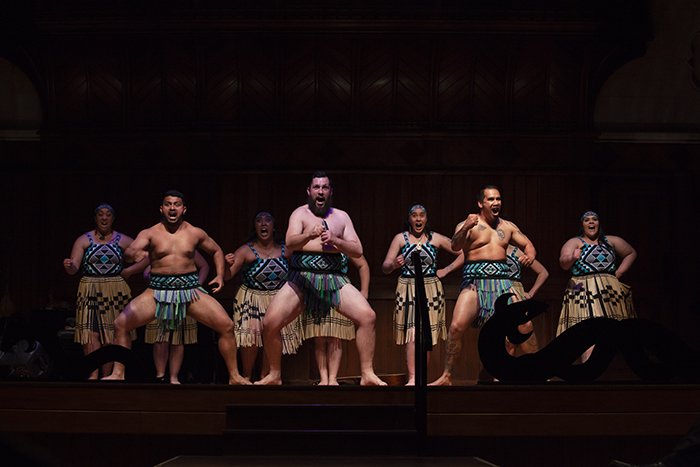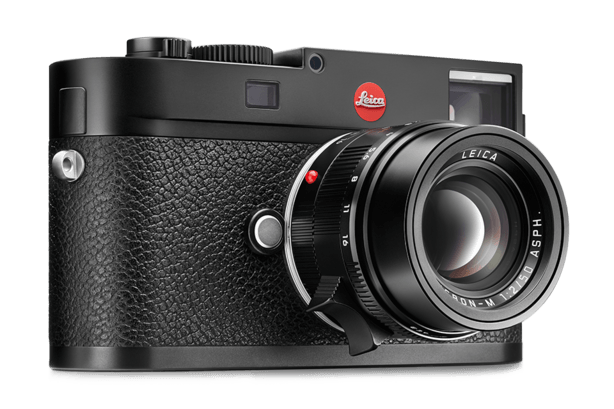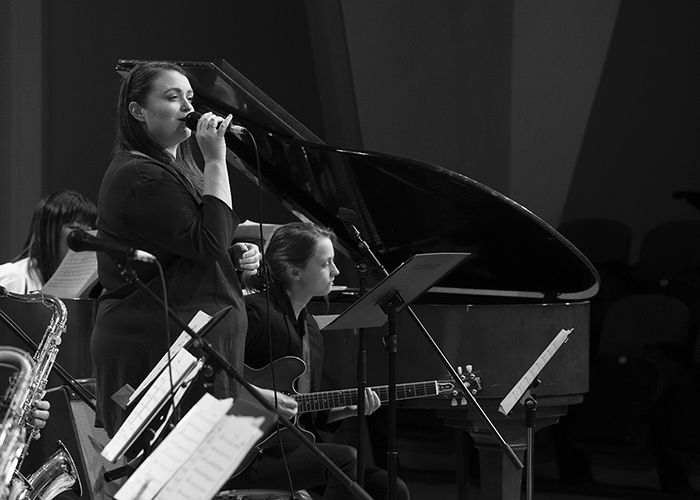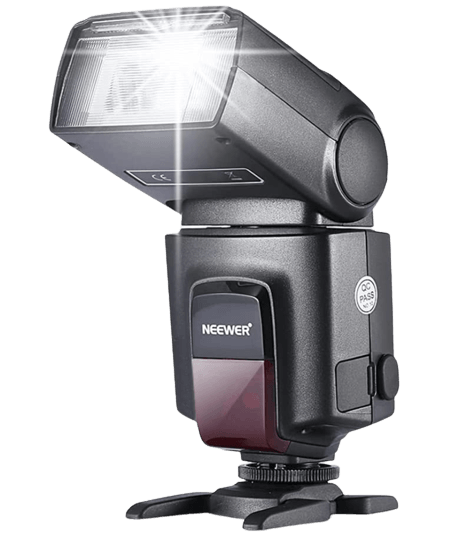The Fujifilm X100V is an excellent choice if you need a camera for your next night event. It has a lens with a fast aperture for low-light photography. The image quality is fantastic. And you get film simulation modes for retro-style photos.
15 Tips for Night Event Photography
These tips cover a range of topics. Follow them, and you’ll be well on your way to creating beautiful and memorable photos of night events.
1. Research the Night Event Photography Location
Are you about to embark on nightclub photography? Or is it a low-key evening book launch or a nighttime market? The first thing to do is find out as much as possible about the event and location. Questions I often ask myself before venturing out include the following:
Will there be a place to park my car or bike? How safe is the environment? Is it a private space or a public area? Where are some quick and easy vantage points? Where are some unique vantage points? What’s the weather forecast? When does the sun set? From which angle? What kind of lighting will be available? How busy will it be? Will I know other people there?
Having answers to these questions minimizes surprises. And it helps you prepare for many possible conditions.
2. Use the Best Low Light Photography Lenses
Are you photographing a relaxing night event with plenty of space? Grab all your lenses and use them all! Most events I photograph at night are crowded and full of energy. I have to change lenses fast, so I stick with a nifty fifty and zoom. The Canon EF 50mm f/1.8 STM is the perfect nifty fifty to start with. The optical quality is really good. You get a fast f/1.8 max aperture, which is beneficial in low light. And it’s an absolute bargain. These lenses allow me to do three things:
Be creative Convey the atmosphere Capture paparazzi-style nighttime event photographs
Even when I only use two lenses, I still come home with both lens caps missing!
3. Invest in a Tripod or Monopod
Not every low-light or night event is at a gig or nightclub. Tripods and monopods are fantastic for art events and concerts in quieter environments. They’re also a must-have if you want to take sharp fireworks photos. Are you unsure if you’ll need a tripod or monopod for the night? Pack a lightweight, compact monopod that won’t weigh you down. If you’re on a tight budget, invest in a mini tripod that fits inside your bag and won’t break the bank! We recommend the Vanguard Alta Pro 263AB tripod for night photography. It’s the perfect blend of build quality and affordability. It’s strong and allows for precise adjustments. It’s the best way to get perfect shots at night events.
3. Experiment With Different Low Light Photography Environments
Photographing at night takes practice. Pack a picnic and photograph outside in the late afternoon. Then continue into the evening. How did you change your camera settings for low light? Compare photographs taken in overcast daylight, golden hour, blue hour, and nighttime. And note artificial light sources and whether they enhance your photographs. Then you’ll understand which low-lighting environment suits your photographic style.
4. Use Whatever Light Sources You Can Find
No matter how fancy your gear is, you’ll always need a source of light in your nighttime event photography. Don’t rely only on direct conventional artificial light. Some more interesting examples include the following:
Bonfires Candlelight Streetlights Fireworks Illuminated artwork Reflected light on metal and glass Lasers Fairy lights Glow sticks Mobile phones Screens and monitors Other people’s camera flashes
Reflectors are the best way to harness the light you have available. You can use them to reflect light in different directions, giving yourself more lighting options. The Neewer 5-in-1 set is the best around. They’ll transform your night event photography.
5. Widen Your Aperture to Let the Light In
Setting the aperture can be tricky in nighttime event photography. When photographing a group at an event, I use about f/5.6 to ensure everyone is in focus. If I’m capturing one person or a party detail, I use f/4 and lower. This results in a great bokeh effect.
6. Increase Your ISO for More Light and Night
Photographing at ISO 100 works best for minimizing the noise in your photographs. But in low light, a higher ISO is often necessary. Use the highest ISO that doesn’t compromise the quality of the photograph. This number depends on different cameras and environments. Are you using a flash? See if you can stick with an ISO setting of 100.
8. Slow Down Your Shutter Speed for Creative Shots
This tip can be hard to follow if you’re used to shooting sharp images. By decreasing your shutter speed, you can introduce a creative spin to the event or party you photograph. This lets more light into your camera. So it can also result in overexposure if too much light is captured. But you can also “paint light” or create light trails or a sense of motion in a photo. The latter is often referred to as “motion blur.” The object appears blurred when an object moves quickly, and the shutter is open for a long time. This can be used to create a sense of motion or to convey a sense of speed in the photo. But it takes some experimenting in fast-moving scenes. This leads to our next tip.
9. Embrace Motion Blur to Convey Energy
A little bit of motion tells a big part of your story. Don’t be afraid of the “imperfection” of motion blur. Nighttime events can sometimes be happy and fun occasions. Capturing turning heads, waving arms, and dancing legs with a bit of blur puts the viewer in the scene.
10. Use Continuous Shooting Mode
If the action moves fast at a club or party, use the continuous shooting setting. In the middle of the chaos, it’s difficult to review your photos and wait for the right moment. Using a continuous shooting mode provides you with many photos to choose from. Each one will show people in slightly different places and positions. This affects how available light reaches different subjects. The turn of someone’s head at the right moment might reveal the perfect contre-jour (against daylight) moment. A party-goer’s dance move might highlight laser lights. But it’s much easier to choose your best photo sitting at the comfort of your desk afterward with a cup of coffee.
11. Work the Room and Move Around
There are times I’ve felt uninspired during event night photography. It’s usually when I’m trying to balance the exposure triangle in extremely low light. The best way to rectify this is to walk around. It seems logical, but I always have to tell myself to do it! Try finding different vantage points to find stronger and more unusual light sources.
12. Be Authentic With Your Post-Production
Just because you can, doesn’t mean you should. When making post-production adjustments, recall how the lighting looked at the time. You could dramatically lighten up the whole scene or brighten all the shadows. But was this what you experienced on the night? How does it change the photo’s narrative? Do your initial editing within 24 hours of an event when the lighting conditions are fresh in your memory.
13. Increase Luminance for a Smoother Finish
Did you use a high ISO to photograph your night event? Tweak the luminance slider in post-production to smooth out noise. But don’t overdo it. Otherwise, you’ll lose important image details.
14. Convert to Black and White
Colors pop in nighttime event photographs. But artificial lighting can wreak havoc on tones. So try converting your photo to black and white. Adjust color sliders to increase light in different parts of the photograph. This gives you greater control instead of relying on the exposure slider. Black-and-white tones add a touch of cool and timelessness to event photography too. If you love black and white photography, the Leica M10 Monochrome might be the camera for you. You’ll need a big budget. But it delivers incredible quality images for outstanding black and white night photography.
15. Attend as Many Events as You Can to Gain Experience
Make an ultimate list of upcoming nighttime and low-light events. It might include a casual birthday party, a public holiday celebration, or a special concert in town. Then attend as many diverse evening events as possible. You’ll come up with loads of fresh nighttime photography ideas. And you’ll also boost your social life!
Common Questions About Photographing Night Events
Here are the answers to the most common questions about taking photos at night events. How do you take good indoor pictures at night? Keep your hand and camera steady to avoid camera shake. Seek out different light sources, and be prepared to try different techniques for low light. How do you take photos in low light events? Practice, practice, practice! Understand your environment and use your manual camera settings to their best advantage. You can read our article on night photography camera settings for more help. Do you need a flash for event photography? Yes and no. There are times when a flash really helps, particularly in formal event photography. A flash lets you keep your ISO low, and your shutter speed fast. Check if you have permission to use flash photography. It may not be allowed for shooting at some concerts and events. But a flash may not always be the best option for nighttime events. Its harsh light can be unflattering. So, sometimes, using available light or continuous light sources such as LED panels may be better. Experiment with different lighting setups to find the best one for your situation. The Neewer TT560 is an excellent option if you want to use a flash. It’s a versatile flash with lots of lighting options. And it compatible with plenty of cameras. Those include models from Nikon, Canon, and Sony. How do you photograph with flash at events? Learn some basic tips about using a flash. I’m a fan of using an external flash gun attached to my Canon EOS R6 at nighttime events. If you’re new to using a flash, arrive at the event with plenty of time to practice. Or practice taking indoor flash photos beforehand at home or in a studio.
Conclusion
If you’re looking to up your photography game, learning how to take great photos at night is a must. We hope our 15 tips for night event photography help you take fantastic photos. If you’re looking for a new camera, read out article on the best cameras for low light next.
